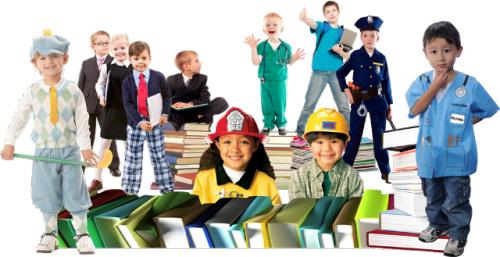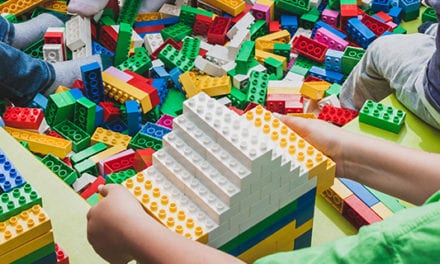The ultimate gateway to making learning fun, building toys have fast proven themselves a top educational tool for growing minds.
Researchers, educators and parents are increasingly aware of the wide-ranging benefits associated with construction play, including LEGO bricks.
No matter your child’s age group, abilities or interests, here are four key ways building toys will help their minds grow:
1) Increased social skills
Whether your child is playing on their own or with their friends, development of their social and communication skills are taking place inside!
Construction toys such as LEGO bricks encourage the development of soft or people-based skills. For example leadership and emotional intelligence, by allowing an opportunity for problem-solving, collaboration and imagination. Long-term success in the workplace is associated with High level soft-skills
Construction play gives children the opportunity to use their imaginations to create a whole new world. Studies reveal such pretend play leads to better cognitive flexibility, empathy, communication and problem solving abilities.
When playing with other children, these skills are combined with the invaluable experience of collaboration to achieve a common goal. As they come together to create their project, children have to learn to understand each others’ points of view and assume various roles – such as builder, supplier or engineer – to realise their ideas.
Collaboration allows children to build conflict-resolution and problem-solving skills, gain knowledge from their peers and pass on their own understandings.
2) Improved Spacial Skills
As little hands manipulate and test different designs, construction play challenges children to think laterally and improve their spacial abilities.
The ability to visualise and place 3D objects increases as your understanding of the space around you grows. Strong spacial abilities are in-demand in science and technology careers in the fields of chemistry, engineering and mathematics.
Research suggests that spacial skills underly many creative career paths including architecture, visual arts and medicine, and that there is a correlation between strong spacial reasoning, innovation and creativity later in life.
Studies show children improve their spacial reasoning after spending time using LEGO Bricks and being involved in other kinds of hands-on, construction play. In a traditional classroom setting, this aspect of education is often forgotten
3) Build on Mathematical Skills
For visual learners, construction bricks are the perfect stepping stone to understanding basic mathematical concepts. Addition, subtraction, multiplication, fractions, measurement and even early algebraic concepts are all readily conveyed in a fun and friendly way when playing with LEGO bricks.
Studies indicate that not only are bricks a great tool for learning, but engaging in construction play also provides crucial skills and strategies to encourage improved mathematical abilities.
4) Promotion of engineering skills
Watch a child at play. They are creating a world, changing it to suit their needs. That is precisely what an engineer does!
When a young child is building with blocks, there’s actually a lot of engineering going on. A toddler may prefer destruction over building…this is a baby step! Every construct has a cause and effect. What happens when you swipe a stack of loose blocks? Gravity pulls them down.
As time goes on, with each structure attempted and completed, watch children become more experimental with their designs. They will discover new solutions to improve their projects. Engineers spend a lifetime doing this. Even the most brilliant invention is never completed.
LEGO bricks and other forms of construction play help children grasp complex concepts, especially when it comes to design, where there are multiple layers of abstraction at work.
Ready, set, build!
As children stack, create, interlock and keep trying, they aren’t simply building a basic structure, they are also building their minds.
Evidence suggests, the time, expense and effort invested in this pastime will pay off down the line, especially as children make advances in their education.





